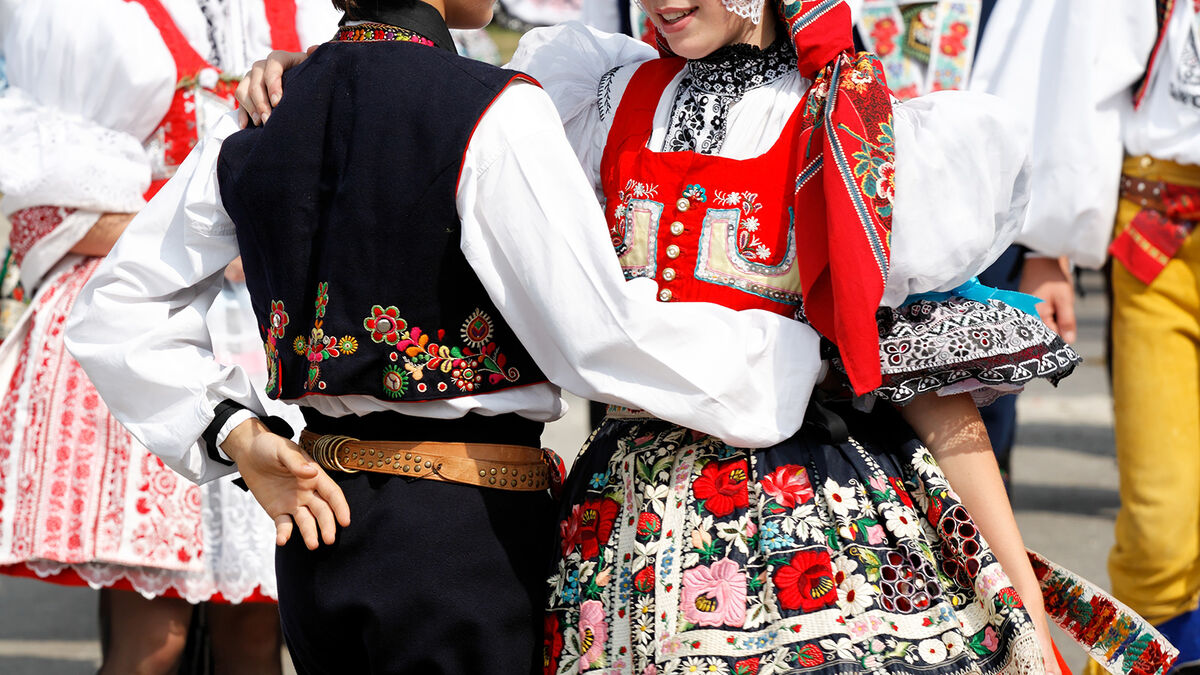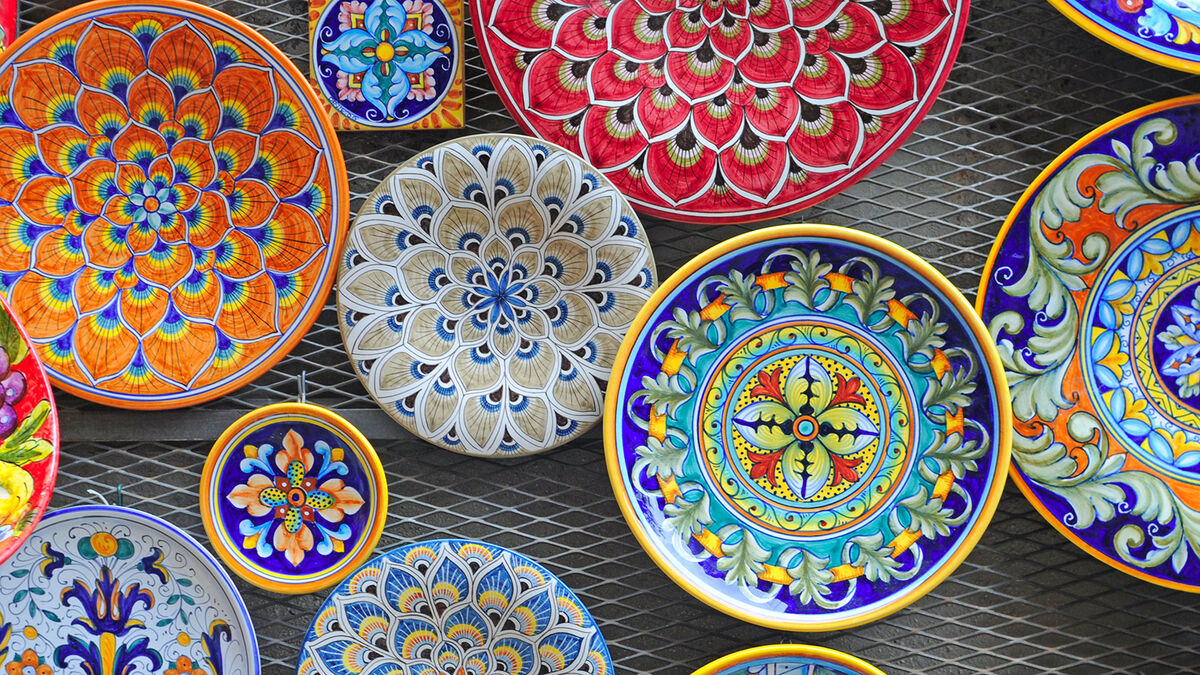
Every culture has its own folklore. But what exactly is folklore, and what different types can you identify? Keep reading to learn the meaning and types of folklore as well as examples of folklore from around the world.
Definition of Folklore
Folklore is made of two words: folk, which means regional people, and lore, which means stories. Therefore, folklore reflects stories told by people in a particular region. Folklore can define a population’s values, beliefs, and preferred way of life with its literary themes.
Oral Tradition
Folklore was passed down from earlier generations, who told the stories verbally. Each generation would then tell their own children, and these stories became part of a culture’s tradition. The invention of the printing press allowed these stories to be published – and shared with the world.
Types of Folklore
There are many ways for cultures to express their beliefs through folklore. Some populations use song and dance to tell their stories, while others tell larger-than-life stories about mythical heroes. Here are some types of folklore that you might know.
Fables and Folktales
Traditional stories about common people are the basis for most forms of folklore. These folktales typically involve a person or animal learning a valuable lesson by obeying – or, in most cases, not obeying – cultural rules. Some examples of folk tales include:
- “Goldilocks and the Three Bears” – a British story about a girl who breaks into the house of the three bears, tries everything out, and gets scared away
- “The White Elephant” – a folktale from Asia about how the kind white elephant is treated kindly
- “Anansi the Spider” – an Ashanti folk tale about the trickster, Anansi, who takes the form of a spider and empowers people of African descent all over the world
- “The Ant and the Grasshopper” – one of Aesop’s fables about the grasshopper who plays all summer, the ant who prepares for the hard time ahead, and the winter that greets them both
Fairy Tales
Fairy tales are folk tales that include elements of fantasy stories, such as royalty and magic. Several early collections of fairy tales include stories published by the Brothers Grimm in Germany and Hans Christian Andersen in Denmark. They are often told to children as early introductions to social rules and expectations.
Here some examples of fairy tales told around the world:
- “Cinderella” – a fairy tale about a servant girl who becomes a princess, thanks to a little magic and true love. Though it was first published in France by Charles Perrault, there are many different versions of this fairy tale all over the world.
- “The Golden-Headed Fish” – a Middle Eastern story of a hero who must find a king’s remedy from the magical golden-headed fish
- “The Little Mermaid” – the popular Danish story about a mermaid who gave up her fins, and ultimately her life, for love
- “Rapunzel” – a German fairy tale about a kidnapped child who grew up isolated in a tower, with only her magically long hair to lift others in and out
Mythology
Many cultures explain everyday phenomena with tales of mythological figures. They range from stories about Greek gods, French pourquoi tales, and American tall tales. You’ll typically find legendary characters doing extraordinary things in these types of folk tales.
Examples of cultural mythology include:
- “Prometheus Steals the Fire” – the Greek myth that depicts how the trickster Titan Prometheus stole fire from the gods for human beings
- “Why the Porcupine Has Quills” – a Chippewa pourquoi tale that explains how the porcupine came to defend itself
- “John Henry” – an American tall tale about John Henry, a freed slave, and his hammer that beat a mechanical steel driver to give his people their land
- “Quetzalcoatl” – the Aztec legend of the feathered serpent who created mankind in the Mesoamerican region
Folk Songs
Cultures often put their stories from folklore to traditional music. They range from everyday stories of common folk to heroic tales told in ballad form. Some folk songs you might recognize include:
- “O Danny Boy” - an Irish ballad that tells the story of Danny going off to war and returning to a much-changed homeland
- “Arirang” – a folk song from Korea that has been sung for over 600 years
- “My Country, ‘Tis Of Thee” – a traditional American folk song about the history and freedom of the country
- “Waltzing Matilda” - a bush ballad from Australia that depicts a traveler who runs into trouble one fateful day
Folk Dance
If you’ve ever been to a cultural festival or wedding, you’ve probably seen a folk dance. They are traditional dances taught to each new generation in a specific culture. These dances often require large groups of people and are performed at community gatherings and special events.
Check out these examples of folk dances from different cultures:
- Tarantella – a fast couple dance from Southern Italy
- Barynya – the traditional fast-paced Russian dance with both stomping and squatting steps
- Square dance – a moderately paced American dance in which sets of couples respond to a caller
- Native American sun dance – a celebratory dance practiced by many Native American tribes. The sun dance was forbidden by the American government until 1934.

Proverbs
Proverbs are one or two-sentence expressions that reinforce a society’s morals and beliefs. They are meant to guide behavior within a culture. Some cultures use proverbs as adages or maxims.
Common proverbs from international cultures include:
- The night rinses what the day has soaped. – Swiss proverb about consequences
- In a battle between elephants, the ants get squashed. – Thai proverb about oppression
- The pen is mightier than the sword. – English proverb about communication
- It takes a whole village to raise a child. – African proverb about community
Folk Art
Art created in a traditional medium by ordinary people is folk art. These artists are not professionally trained, but instead rely on traditions passed down by folk artists before them. The items they create can be displayed as artwork or used for everyday purposes.
Here are some examples of folk art:
- Russian nesting dolls
- Italian mosaic pottery
- American quilts
- Mexican leatherwork

The Melting Pot
Societies that include many different cultures, such as the United States of America, incorporate aspects of traditional folklore into citizens’ everyday lives. When done in a respectful manner, these adoptions honor the traditions of other cultures. Read an educational article to learn about the difference between cultural appreciation and cultural appropriation.